
Reducing Return Rates: Harnessing User-Generated Content
Learn effective post-purchase email strategies to enhance customer loyalty and improve retention. Engage your customers today!
Boost customer experience and reduce support tickets
Realtime order and shipment tracking
Proactive order and shipping notifications
Predictive pre-purchase estimated delivery dates
Self-Serivce branded order tracking
Effortless experience delivered
Make returns profitable and delight customers
Flexibility to define any return destinations & conditions
Simplify returns for your customers and team
Incentivize exchanges over returns
Returns management made easy for your team
Understand why your customers are returning
Unify the online and the in-store experience
Hassle-free pickup experience for customers
In-Store Dashboard to keep operations streamlined
In-Store and Online orders unified
Drive foot-traffic to your stores
Boost customer experience and reduce support tickets
Realtime order and shipment tracking
Proactive order and shipping notifications
Predictive pre-purchase estimated delivery dates
Self-Serivce branded order tracking
Effortless experience delivered
Make returns profitable and delight customers
Flexibility to define any return destinations & conditions
Simplify returns for your customers and team
Incentivize exchanges over returns
Returns management made easy for your team
Understand why your customers are returning
Unify the online and the in-store experience
Hassle-free pickup experience for customers
In-Store Dashboard to keep operations streamlined
In-Store and Online orders unified
Drive foot-traffic to your stores
Find the answer to all your questions
Explore the most comon questions about WeSupply
Calculate the ROI that WeSupply can bring you
Request a no strings attached review of your current shopping experience and missed conversion opportunities
Take a step by step trip through our functionality to see how we can improve your ecommerce processes.
Read actionable articles on how to optimize your post-purchase experience and decrease support tickets
Get inspired by stories of how our customers implemented an effortless post-purchase experience
A Deep Dive into Top Companies' Order Tracking & Returns Strategy
Wondering if WeSupply is a good fit for you? Read through our use cases to see how we can help you increase conversion & improve CX!
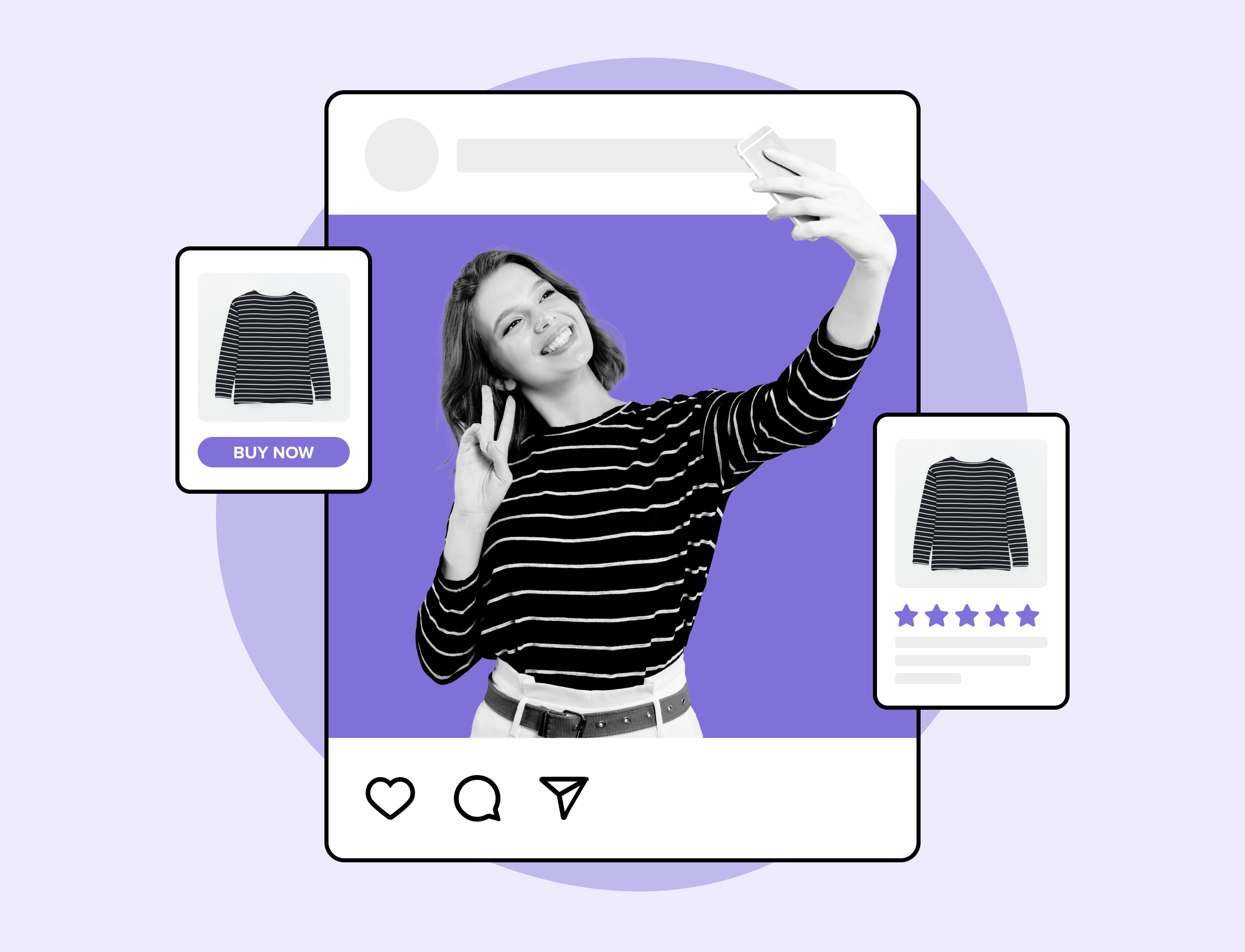
In recent years, influencer marketing has exploded into one of the most powerful and effective advertising strategies, reshaping how brands connect with consumers. The global influencer marketing industry was valued at $17.40 billion in 2023 and is projected to reach an astonishing $71 billion by 2032. The significant growth of influencer marketing is a testament to its impact on consumer behavior and its ability to drive results across multiple sectors. A well-structured influencer marketing strategy is crucial for brands to effectively collaborate with influencers across various social media platforms. This shift has also seen brands moving away from traditional celebrities to influencers who are seen as more relatable, particularly through the rise of reality TV stars and social media personalities. Influencer marketing allows brands to tap into the established trust and authority of individuals with large social media followings. These influencers can sway their audiences’ purchasing decisions through authentic recommendations and content creation. As a result, brands can benefit from increased visibility, website traffic, and sales by collaborating with influencers who align with their target audience.
This article explores the core of influencer marketing by answering a crucial question: What makes someone an influencer? From authority and authenticity to engagement and niche expertise, we will examine the key characteristics that define an influencer and how brands can effectively leverage these individuals to enhance their marketing efforts.
Influencers are individuals with a substantial social media presence who have the power to impact their followers’ purchasing decisions. But it’s not just about having a large following; it’s about the quality of that following and the trust that the influencer has cultivated over time. The characteristics that define someone as an influencer are multifaceted, but the most important are authority, authenticity, and expertise.
Authority and Expertise are crucial in making an individual an influencer. These individuals are perceived as experts in their chosen niche, whether it’s beauty, fitness, travel, gaming, or food. Their followers trust their opinions because they consistently provide valuable insights, recommendations, and content. For example, influencers like James Charles in the beauty community or Huda Kattan of Huda Beauty have garnered authority by consistently sharing their expertise, which builds trust with their audience. This expertise makes their content not only relatable but also highly credible in their followers’ eyes.
However, Authenticity and Engagement are just as important as expertise. Influencers aren’t simply broadcasting content; they’re engaging with their audience in a genuine and relatable manner. Influencers create content tailored to their specific niche, serving as a means to engage and connect with their audience. Studies have shown that consumers trust influencers more than traditional brand messaging, with some research suggesting a 63% higher trust in influencers’ words. This authenticity resonates because it feels less like a sales pitch and more like a recommendation from a friend. The more an influencer actively engages with their audience through direct messages, comments, polls, or live interactions, the more loyal and engaged their followers become.
While follower count has long been considered a major factor in defining an influencer, it’s important to recognize that engagement is more significant than sheer numbers. High engagement rates, such as likes, comments, and shares, demonstrate that an influencer is connecting with their audience in meaningful ways. This is why some smaller influencers, or micro-influencers, can be more effective than mega-influencers in driving real customer action.
Influencers come in different shapes and sizes, and they are typically categorized based on the number of followers they have. This categorization helps brands decide which influencers are most suitable for their specific campaign objectives.
Nano-Influencers typically have between 1,000 and 10,000 followers. Despite their relatively small following, they tend to have extremely high engagement rates and form deep, niche-specific relationships with their audience. Nano-influencers are often seen as highly relatable and accessible, making them ideal for local businesses or niche products. Their smaller audience allows them to connect more personally with followers, which can drive more authentic, word-of-mouth recommendations. Additionally, nano-influencers often engage with niche communities, allowing brands to target specific demographics effectively.
Micro-Influencers boast between 10,000 and 100,000 followers. These influencers have developed strong audience connections and enjoy a high level of engagement. Micro-influencers are often considered experts in their niche, whether it’s beauty, fitness, or food, and their followers tend to trust their opinions more than those of celebrities or mainstream influencers. For businesses targeting specific demographics or interests, micro-influencers are highly effective at creating tailored, engaging content that resonates with their audiences.
Macro-Influencers typically have between 100,000 and 1 million followers. With a larger following, macro-influencers have a broader reach, making them an excellent choice for brands looking to increase general brand awareness or promote larger-scale campaigns. However, while they have a vast audience, their engagement rates tend to be lower compared to micro-influencers. This makes macro-influencers a good option for larger brands that want to promote a product to a broad but less targeted audience. Macro-influencers are particularly effective at reaching mass followings, driving significant brand awareness.
Finally, Mega-Influencers are individuals with over 1 million followers. Often celebrities or public figures, mega-influencers have the power to create massive awareness in a short period. However, the trade-off is typically a lower engagement rate per post. Because their audiences are often more general and less niche-specific, mega-influencers are best used for brand campaigns seeking wide recognition rather than direct conversions.
What separates influencers from regular social media personalities is their ability to build authority and trust within their specific niches. Authority is built over time through the consistent delivery of valuable, relevant content that aligns with the interests of the influencer’s followers. For example, fitness influencers such as Kayla Itsines or Joe Wicks built their brands around fitness expertise and successfully leveraged their credibility to promote workout routines, health supplements, and fitness apparel.
However, authenticity plays an equally crucial role. Influencers who are seen as “real” are far more likely to cultivate trust and loyalty. Authenticity can be displayed through unpolished, behind-the-scenes content, as well as by showing personal aspects of life that followers can relate to. Whether it’s sharing a fitness journey, personal struggles, or day-to-day experiences, authenticity establishes a deeper emotional connection that makes the influencer more relatable and their recommendations more believable. Unlike traditional advertisements, which often feel scripted and impersonal, influencers’ spontaneous and genuine interactions foster trust and authenticity, leading to stronger connections and higher conversion rates.
Content creation skills also significantly contribute to an influencer’s ability to connect with their audience. High-quality content that resonates emotionally with followers is essential for influencer success. Influencers use a variety of media—photos, videos, stories, reels, and blog posts—created with tools like CapCut and Canva to tell compelling stories that capture the audience’s attention. Their creative and technical ability to craft engaging content helps them build stronger relationships with followers, who in turn become more likely to trust their recommendations.
Developing an effective influencer strategy is crucial for businesses to succeed in the influencer marketing industry. The first step is to define the target audience and identify the social media platforms they are most active on. Understanding where your audience spends their time online helps in selecting the right channels for your influencer marketing campaigns.
Brands should research and select relevant influencers who have a genuine interest in their niche and can help increase brand awareness. It’s not just about finding influencers with a large following; it’s about finding those who resonate with your brand’s message and values. These influencers should have a loyal and engaged audience that aligns with your target demographics.
Setting clear key performance indicators (KPIs) is essential to track the campaign’s performance and ensure it aligns with the brand’s message. KPIs such as engagement rates, reach, and conversions help measure the success of the campaign and provide valuable insights for future strategies.
A well-planned influencer strategy can help businesses build strong connections with their target audience and drive website traffic. By carefully selecting suitable influencers and setting clear objectives, brands can maximize the impact of their influencer marketing efforts.
Finding the right influencer for a brand’s campaign can be challenging but incredibly rewarding when done correctly. Brands can leverage various tools and platforms to identify influencers who already align with their niche or brand values. Social media listening tools can help monitor relevant hashtags and conversations around the brand or industry, making it easier to find influencers discussing similar topics. Effective influencer outreach is crucial in this process, as it helps in contacting and building relationships with the right partners.
Influencer marketing platforms such as AspireIQ and Influencity also provide databases of influencers sorted by niche, audience demographics, and engagement rates. These platforms allow brands to easily find potential partners and manage influencer campaigns. However, choosing the right influencer goes beyond just follower count. It’s vital to select specific influencers who genuinely resonate with the brand’s values and message and have a loyal, engaged audience that will likely connect with the brand’s products or services.
Influencer marketing plays a significant role in business, allowing companies to reach a large audience and promote products through social media influencers. Macro influencers, with their massive followings, can help raise awareness and increase brand exposure, while micro influencers can provide a more targeted approach. Each type of influencer brings unique benefits, depending on the campaign’s goals.
Social media platforms, such as Instagram and TikTok, have become essential channels for influencer marketing, with many influencers having over one million followers. These platforms offer a dynamic space for influencers to create and share content, making them ideal for engaging with a wide audience.
The influencer marketing industry is expected to continue growing, with more businesses recognizing the value of partnering with influencers to reach their target audience. By leveraging the power of social media influencers, businesses can create engaging content, build brand reputation, and drive sales. The ability to connect with audiences on a personal level through influencers makes this marketing tactic incredibly effective.
Once the right influencers are identified, collaboration is key. Influencer campaigns can take many forms: sponsored posts, product reviews, giveaways, and even affiliate marketing. Influencer marketing work has evolved into a formal job in the age of social media, reflecting the rapid growth of the influencer marketing economy. The type of collaboration depends on the campaign’s goals—whether it’s building awareness, generating sales, or increasing engagement.
Influencer collaborations can help boost visibility and trust in a product or service. By allowing influencers to create content that is authentic and resonates with their audience, brands can tap into the influencer’s credibility. For instance, a beauty brand might partner with an influencer to post a makeup tutorial or review a new product. This creates a natural endorsement that feels more genuine to the audience than traditional advertising.
Creating engaging content with influencers is critical to the success of an influencer marketing campaign. Brands should work closely with influencers to develop content that resonates with their audience and aligns with the brand’s values. This collaboration ensures that the content feels authentic and trustworthy, which is key to driving engagement.
Influencers can help create content that is authentic and trustworthy, such as sponsored posts, product reviews, and tutorials. These types of content allow influencers to share their genuine experiences and opinions, which can significantly influence their followers’ purchasing decisions.
Social media users are more likely to engage with content that is visually appealing, informative, and entertaining, making it essential to invest in high-quality content creation. By collaborating with influencers, businesses can tap into their creative expertise and produce content that drives engagement and conversions. This partnership not only enhances the content’s quality but also ensures it reaches the right audience.
To evaluate the success of influencer marketing campaigns, brands must track key performance indicators (KPIs). Some of the most important KPIs for influencer marketing include engagement rate, reach, impressions, and conversion rates. By measuring these metrics, brands can assess the return on investment (ROI) of their campaigns and understand what worked and what needs adjustment. Additionally, tracking the performance of influencer posts is crucial to measure the success of marketing campaigns and optimize ROI.
Tracking tools like promo codes and affiliate links also allow brands to measure sales directly generated by influencer partnerships. Regularly evaluating campaign performance helps ensure that brands are meeting their objectives and can optimize future campaigns.
One of the most common mistakes in influencer marketing is failing to research and select the right influencers for the brand. Partnering with influencers who have fake followers or do not align with the brand’s values can damage the brand’s reputation and waste marketing budget. It’s crucial to vet influencers thoroughly to ensure they have a genuine and engaged following.
Another mistake is not clearly defining the campaign’s objectives and KPIs, making it challenging to measure the campaign’s success. Without clear goals, it’s difficult to assess whether the campaign is delivering the desired results. Setting specific, measurable objectives helps in tracking performance and making necessary adjustments.
Overlooking the importance of disclosure and transparency in sponsored content can also lead to legal issues and damage to the brand’s reputation. Ensuring that influencers clearly disclose their partnerships maintains trust with the audience and complies with regulatory guidelines.
By avoiding these common mistakes, businesses can ensure a successful influencer marketing campaign that drives real results and increases brand awareness. Proper planning, clear objectives, and transparency are key to maximizing the effectiveness of influencer marketing.
With the growth of influencer marketing comes an increased focus on regulation and compliance. In many countries, including the U.S., influencers must clearly disclose sponsored content in accordance with Federal Trade Commission (FTC) guidelines. Brands and influencers alike must ensure transparency in their promotional efforts to maintain consumer trust. Compliance with these regulations not only avoids legal issues but also protects a brand’s reputation by demonstrating a commitment to ethical practices.
Additionally, influencer marketing campaigns must comply with data protection regulations such as GDPR and CCPA. Ensuring compliance with these regulations helps brands avoid legal issues and maintain the integrity of their campaigns.
The future of influencer marketing looks promising, with the industry expected to continue growing and evolving. The rise of AI tools and social media platforms will provide new opportunities for businesses to connect with influencers and their audiences. These advancements will make it easier to identify the right influencers and measure campaign performance more accurately.
As the industry becomes more saturated, it’s essential for businesses to focus on building long-term relationships with influencers and creating high-quality content that resonates with their target audience. Long-term partnerships can lead to more authentic and impactful collaborations, benefiting both the brand and the influencer.
The increasing importance of social proof and trust in influencer marketing will require businesses to prioritize authenticity and transparency in their campaigns. Consumers are becoming more discerning, and they value genuine recommendations over overt advertisements.
By staying ahead of the curve and adapting to the changing landscape of influencer marketing, businesses can unlock the full potential of this marketing tactic and drive real results for their brand. Embracing new technologies and maintaining a focus on authenticity will be key to future success in the influencer marketing industry.
If you’re tapping into influencer marketing to build trust, drive traffic, and boost conversions, you’ll need more than just good content—you’ll need the right post-purchase infrastructure to back it up. WeSupply helps amplify influencer efforts by creating smooth, trust-building customer experiences from the moment someone clicks “Buy Now” to the moment they consider returning or reviewing the product.
Here’s how:
Branded Tracking Pages with Social Proof
Customize your tracking page to feature user-generated content like influencer reviews, product unboxings, or tutorial videos. This keeps the influencer content front and center, even after the sale—boosting engagement during the delivery wait time.
Return Experience that Builds Loyalty
Make sure influencer-led customers feel confident in trying your product by offering an easy, self-service return portal. WeSupply’s flexible return options (like exchanges, store credit, or refunds) reduce friction and build brand trust.
Actionable Analytics for Influencer Campaigns
Use return analytics to track whether influencer-driven sales lead to more returns, exchanges, or repeat purchases. This gives you clearer ROI insights and helps you identify the highest-performing influencers.
Localized Drop-Off Return Options
Nano- and micro-influencers often serve niche or local communities. WeSupply supports local return drop-off options that make it easy for customers in specific regions to complete returns—boosting satisfaction among these hyper-targeted audiences.
If you’re investing in influencer marketing to grow your brand, WeSupply enhances every post-purchase interaction—turning influencer-driven traffic into repeat customers through branded tracking, easy returns, and actionable analytics.
Simplify Returns for Your Customers and Support Team
Book a quick call with our experts to see how WeSupply can help you: simplify the Return experience with just a few clicks, reduce customer service calls and manual processing, notify your customer about their refund, automate returns and reduce user error.
Influencer marketing is not just a trend; it is a key component of modern digital marketing strategies. What makes someone an influencer goes beyond just follower count—it’s about the authority, authenticity, and engagement they bring to the table. Influencer marketing works due to the strong trust and credibility built by social media influencers with their followers over time. Brands that want to succeed in this space must carefully select influencers who align with their values and goals, create authentic content that resonates with their audience, and measure the success of their campaigns to continually improve. Many brands are leveraging influencer marketing to enhance their reach and authenticity within their target audiences. With the right approach, influencer marketing can deliver impressive results, from increasing brand awareness to driving conversions and fostering long-term customer loyalty.
Combat inconvenience with proactivity & self service
Book a quick call with our experts to see how WeSupply can help you make returns easy for your customers with a beautiful, self-service solution that makes their experience easier while also providing new ways to lower costs and earn back revenue.
Influencer marketing is a powerful tool for building trust, boosting visibility, and driving sales through authentic content and niche expertise. As influencers grow in authority and engagement, brands must collaborate strategically to reach the right audience. WeSupply enhances these efforts by helping brands deliver seamless post-purchase experiences—turning influencer-driven traffic into loyal customers through branded tracking pages, return portals, and proactive notifications. These features support content creation, unboxing moments, and post-purchase follow-ups that influencers can amplify.
Want to turn influencer buzz into long-term loyalty? Book a Demo with our team and see how WeSupply supports your influencer marketing strategy!
An influencer in marketing is someone who has built a significant online presence and has the ability to affect their audience’s purchasing decisions. Influencers are ‘influencing people’ by shaping consumer behavior and aspirations through their content. Key characteristics of an influencer include authority and expertise in a specific niche, a high level of engagement with their followers, and authenticity in their content. Influencers are often seen as trusted sources or role models within their area of expertise, whether it’s fashion, beauty, fitness, or any other industry. Having expertise in a ‘particular niche’ enhances their credibility and makes them valuable partners for brands targeting specific audiences.
Brands choose the right influencers by considering several factors, such as audience alignment, engagement rates, content quality, and the influencer’s values. Ensuring a strong brand fit is crucial, as aligning influencers with the brand’s message and values can enhance the authenticity of marketing campaigns. Brands often use influencer marketing platforms or social media listening tools to find influencers who are already talking about relevant topics or who fit within the brand’s niche. It’s important to select influencers who have an authentic connection with their followers and whose content resonates with the brand’s message. Additionally, analyzing influencers’ past collaborations with other brands can provide valuable insights into their effectiveness and audience engagement, guiding brands in making informed partnership decisions.
The success of an influencer marketing campaign is typically measured by key performance indicators (KPIs) such as engagement rate (likes, comments, shares), reach, impressions, and conversions (sales or sign-ups). Social media networks play a crucial role in tracking campaign performance through social listening tools and analytics. Tracking tools like affiliate links, promo codes, and campaign-specific URLs can also help measure direct ROI. Brands should set clear objectives before starting the influencer campaign and analyze these metrics regularly to optimize their strategy and improve future campaigns.
WeSupply helps turn influencer-driven traffic into loyal customers by providing branded order tracking pages, automated delivery updates, and a seamless return experience. These features maintain the same high-quality, branded experience influencers promote—building trust and encouraging repeat purchases.
Yes! With WeSupply’s branded tracking and return portals, influencers can showcase the entire customer journey—from order to delivery to return—making it easier to create authentic unboxing videos, tutorials, and product reviews that reflect a smooth and satisfying experience.
Yes. WeSupply has an Official Shopify App. You can download it and start integrating with your Shopify Store.
Yes, WeSupply has an official extension for Magento. The WeSupply x Magento integration allows for automating order tracking experiences, reducing customer inquiries, automating shipping email and SMS notifications, and providing a fully branded order tracking experience
Yes, WeSupply has an official BigCommerce App. You can integrate WeSupply with your BigCommerce store to improve your post-purchase customer experience.
Learn How To Create Successful Post Purchase Email Campaigns
Build an effective post-purchase email flow that helps you increase customer satisfaction and drive revenue growth!

Learn effective post-purchase email strategies to enhance customer loyalty and improve retention. Engage your customers today!
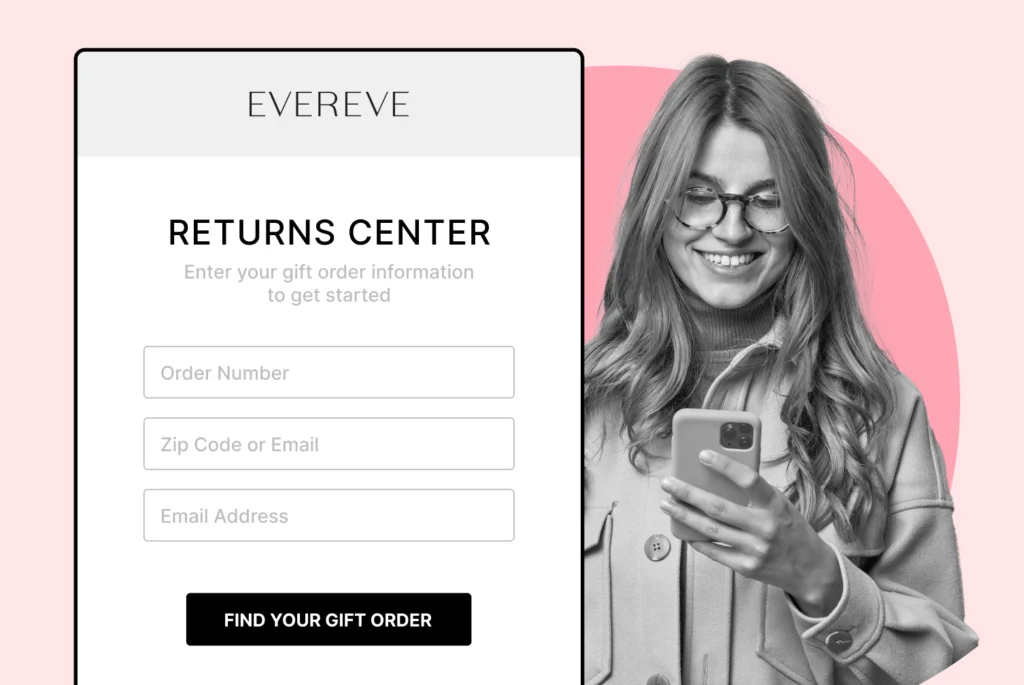
Discover thoughtful gifts for every mom this Mother’s Day. From practical to sentimental, find the perfect option to show your appreciation!
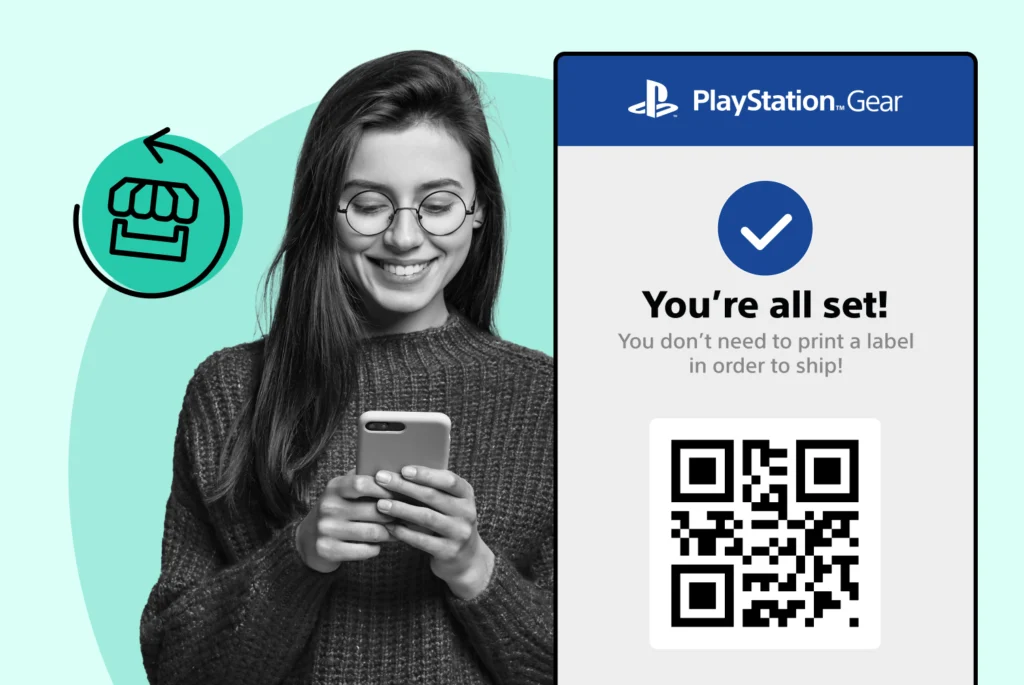
Discover the pros and cons of return labels for online shopping. Make informed decisions and streamline your returns. Read more for essential insights!
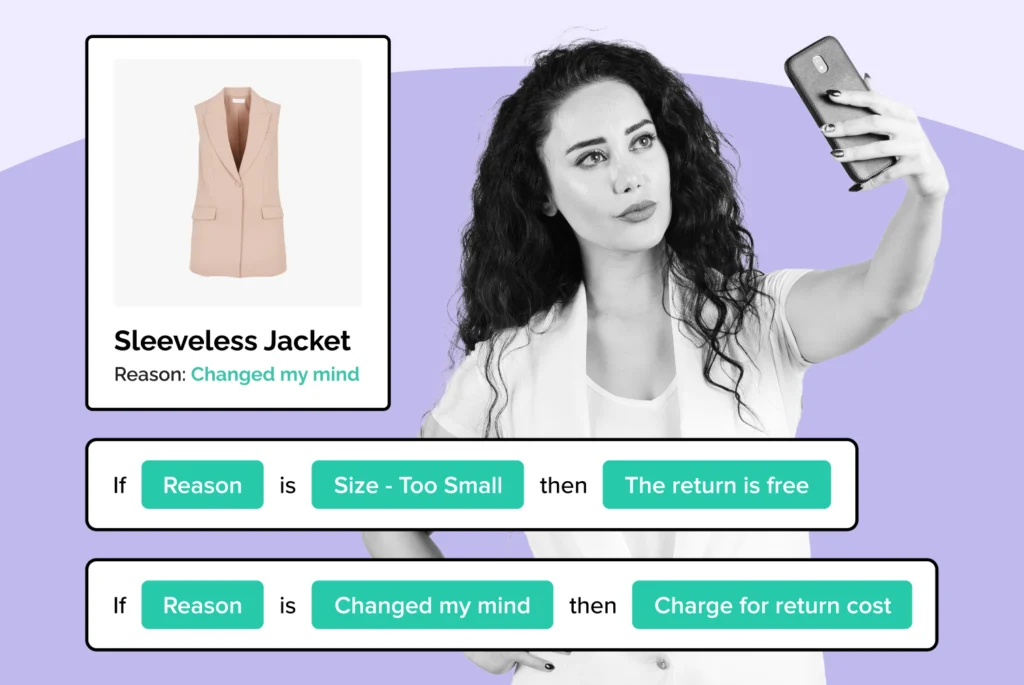
Discover effective strategies to combat ecommerce returns fraud, including wardrobing and tag switching. Protect your business today!
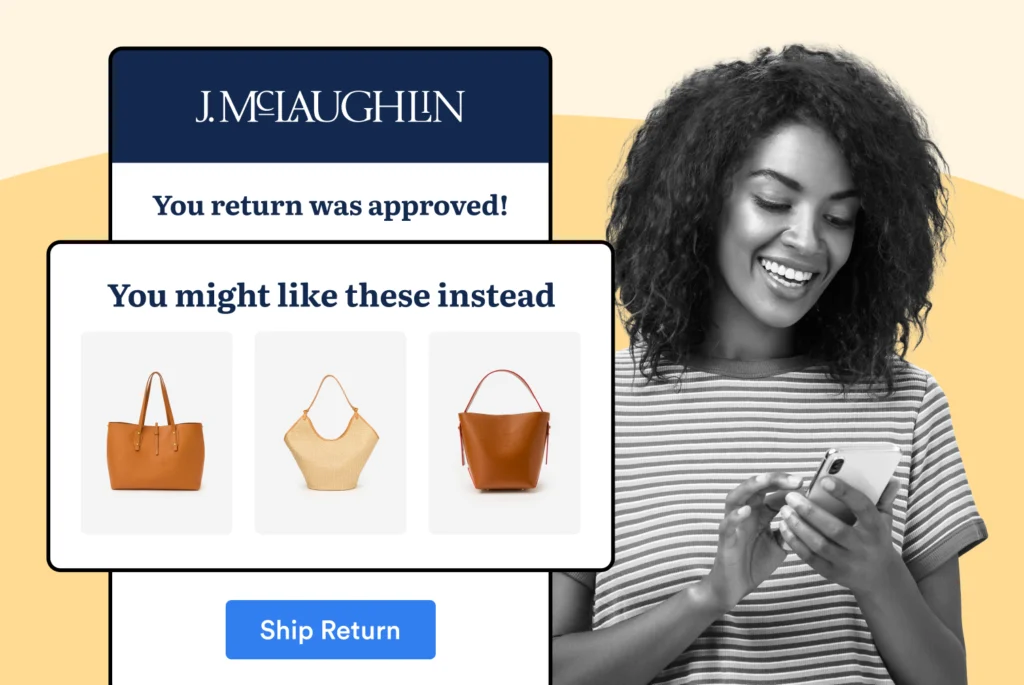
Learn effective post-purchase email strategies to enhance customer loyalty and improve retention. Engage your customers today!

Learn how return shipping labels work and what to expect. Simplify your shopping experience with our practical guide!

Discover top dropship suppliers that effectively reduce returns and refund issues. Streamline your business and improve customer satisfaction. Read more!
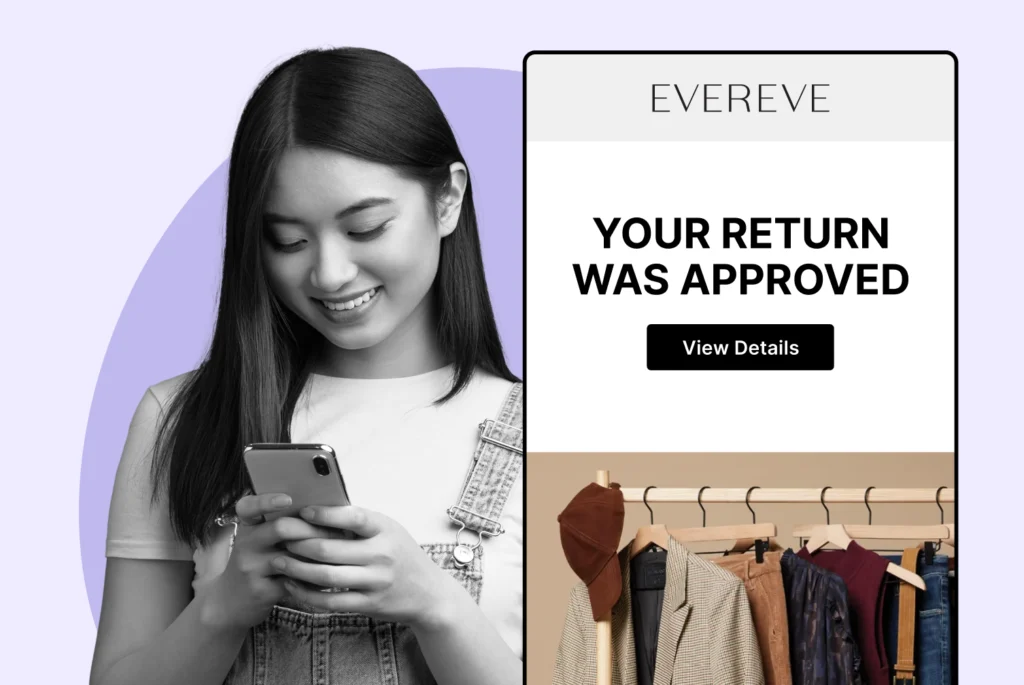
Discover effective strategies to enhance the first mile reverse logistics experience and boost customer satisfaction!

Discover the top Shopify commerce trends of 2025 and learn how they can enhance your ecommerce strategy. Insights that drive success!